Larry Ossei-Mensah and Amoako Boafo Curate ‘Winner Takes All’ Exhibition at Marianne Boesky Gallery
- Oops!Something went wrong.Please try again later.

Abba’s 1980 breakup song “Winner Takes It All,” as covered by Carla Bruni, inspired the latest group exhibition on view at Marianne Boesky Gallery in Manhattan. Curated by Ghana-based artist Amoako Boafo and Larry Ossei-Mensah, the show includes nine emerging artists who pose questions of identity and representation through their figurative art practices. While Abba may seem like an unlikely match, the lyrics resonated with the show’s thematic inquiry.
“What do you do when you break up with someone? How do you move forward? How do you remain resilient?” Ossei-Mensah says. “The artists that are featured in this exhibition, all of their work has this energetic capacity. It’s not static.”
More from WWD
Inside Beverly Fishman and Gary Lang's 'Zenax' Exhibition at Library Street Collective
A Preview of 'Kusama: Cosmic Nature' at the New York Botanical Garden
Ossei-Mensah was working with Boafo to open his solo museum show at MoAD in San Francisco this past fall, and the artist invited him to help curate the group gallery exhibition in New York. They began compiling a “constellation” of artists whose figurative work they were excited to show in conversation.
“Winner Takes All” encompasses an international slate of artists including Sophia-Yemisi Adeyemo-Ross, Jessica Alazraki, Aplerh-Doku Borlabi, YoYo Lander, Anoushka Mirchandani, Zéh Palito, Adjei Tawiah, Nigatu Tsehay and Didier Viodé. The works range from dynamic domestic scenes, such as Alazraki’s colorful series of children at play, to portraits rendered through colorful compositions and different viewer vantage points.
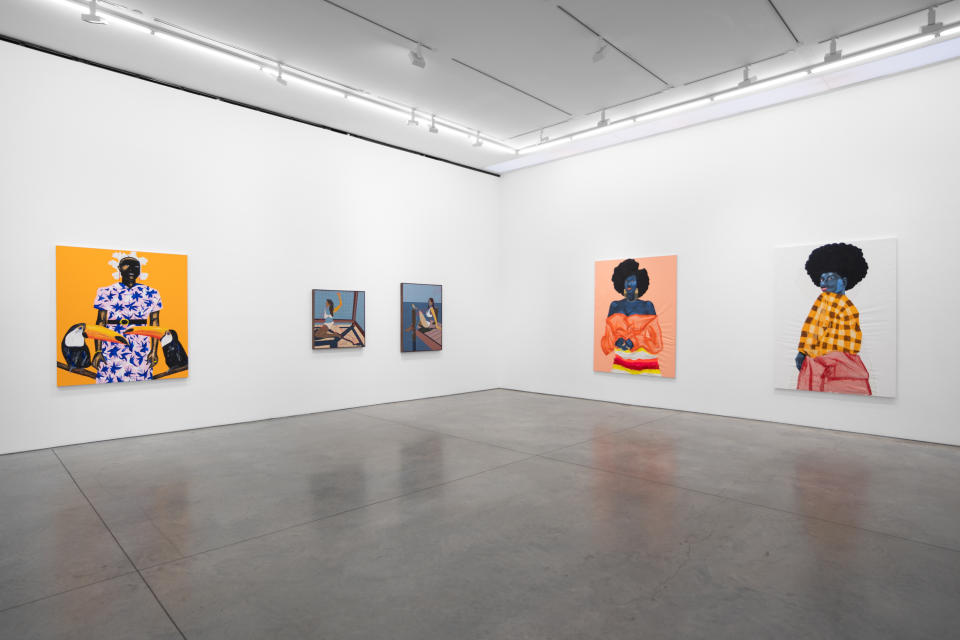
Courtesy
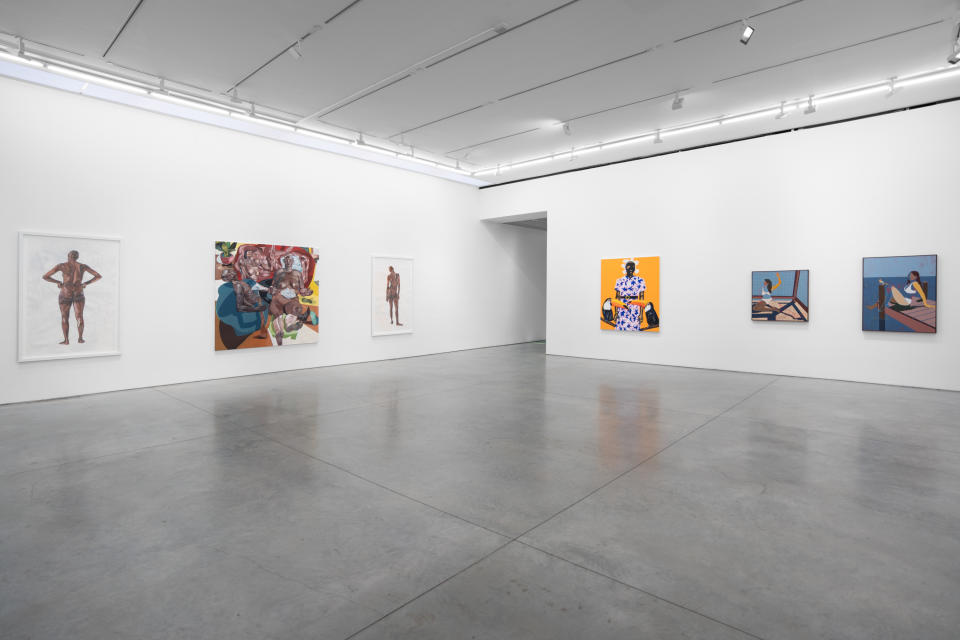
Courtesy
Lander uses collaged watercolor paper to craft her nude figures, which face away from the viewer and are set against a white background; the absence of situational context allows viewers to focus on the figure’s body language. Tsehay’s work, installed next to Lander’s, also investigates the nude human form, but with the added context of facial expressions, setting and evocative imagery like face masks.
“They invite you to think about Black and brown bodies; these bodies exposed, these bodies in various states of being,” Ossei-Mensah says.
The show highlights different techniques and approaches to figurative painting, and the nuances that emerge. Adjei Tawiah, whose studio is based in Accra, Ghana’s capital, uses a sponge material to create texture, and Aplerh-Doku Borlabi, who counts Boafo as a mentor, renders his portraits by layering coconut sheaths, a ubiquitous fruit in Accra, for skin tone.
In addition to remarking on the kinetic nature of the works on view, the show’s title, “Winner Takes All,” also functions as a double entendre for Ossei-Mensah.
“With all of this interest in BIPOC and POC artists, how do we lift all of them up and not try to single out one particular person?” he says. “Because it doesn’t have to be a zero-sum game. There’s enough space for all of these artists to thrive and tell their stories and communicate ideas, and invite us to ask questions and ruminate on the questions that they’re offering us.”
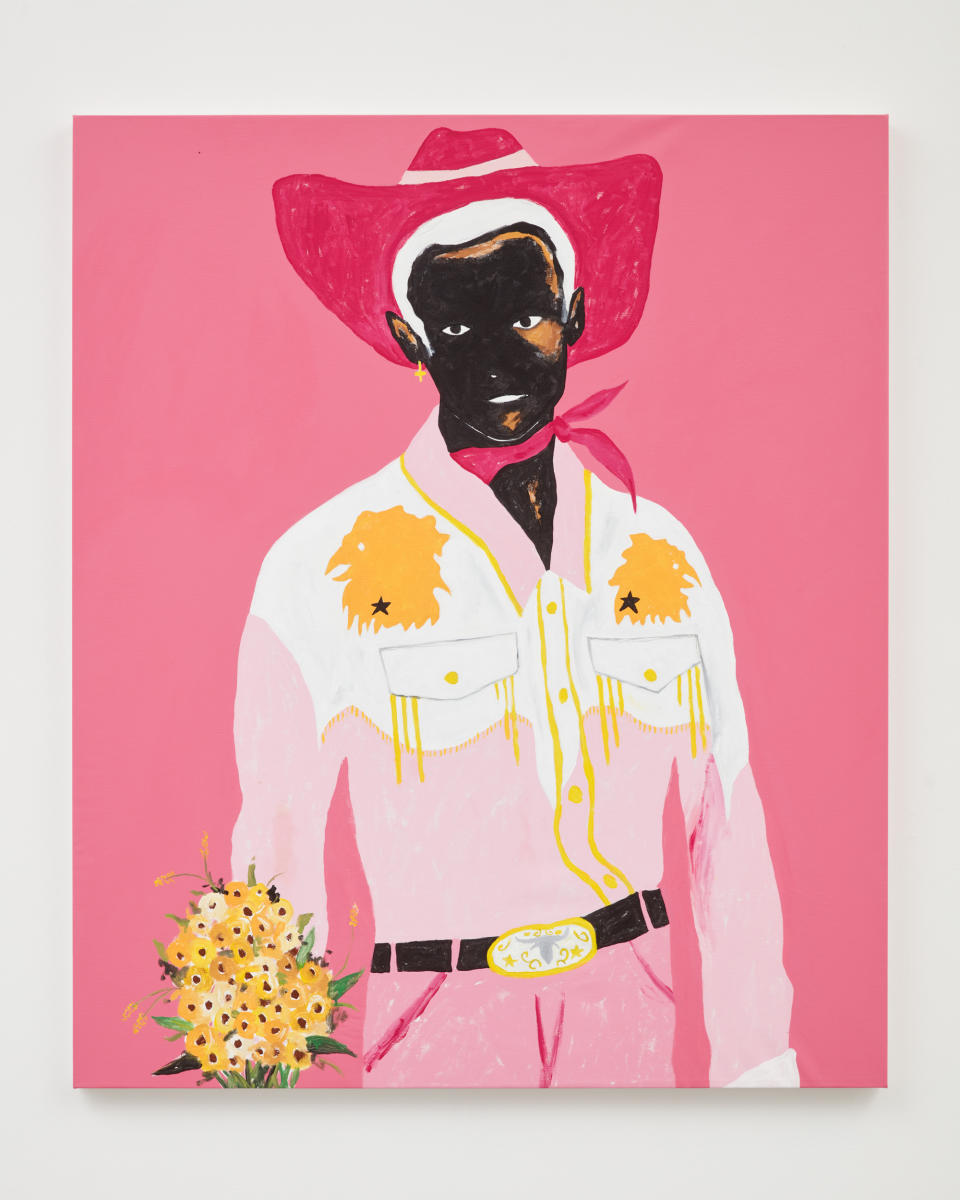
Courtesy of the artist and Luce Gallery, Turin
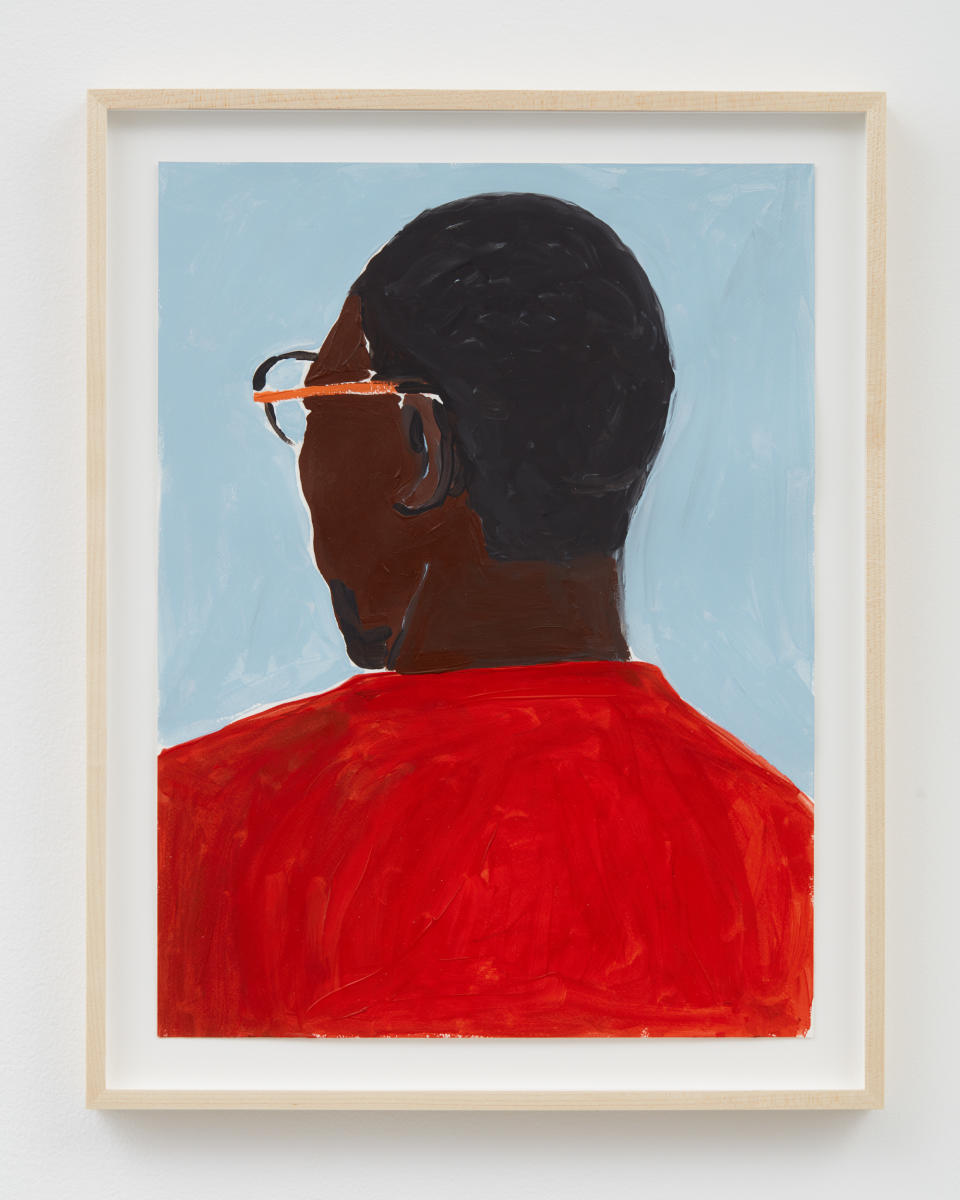
Courtesy of the artist and Marianne Boesky Gallery, New York and Aspen
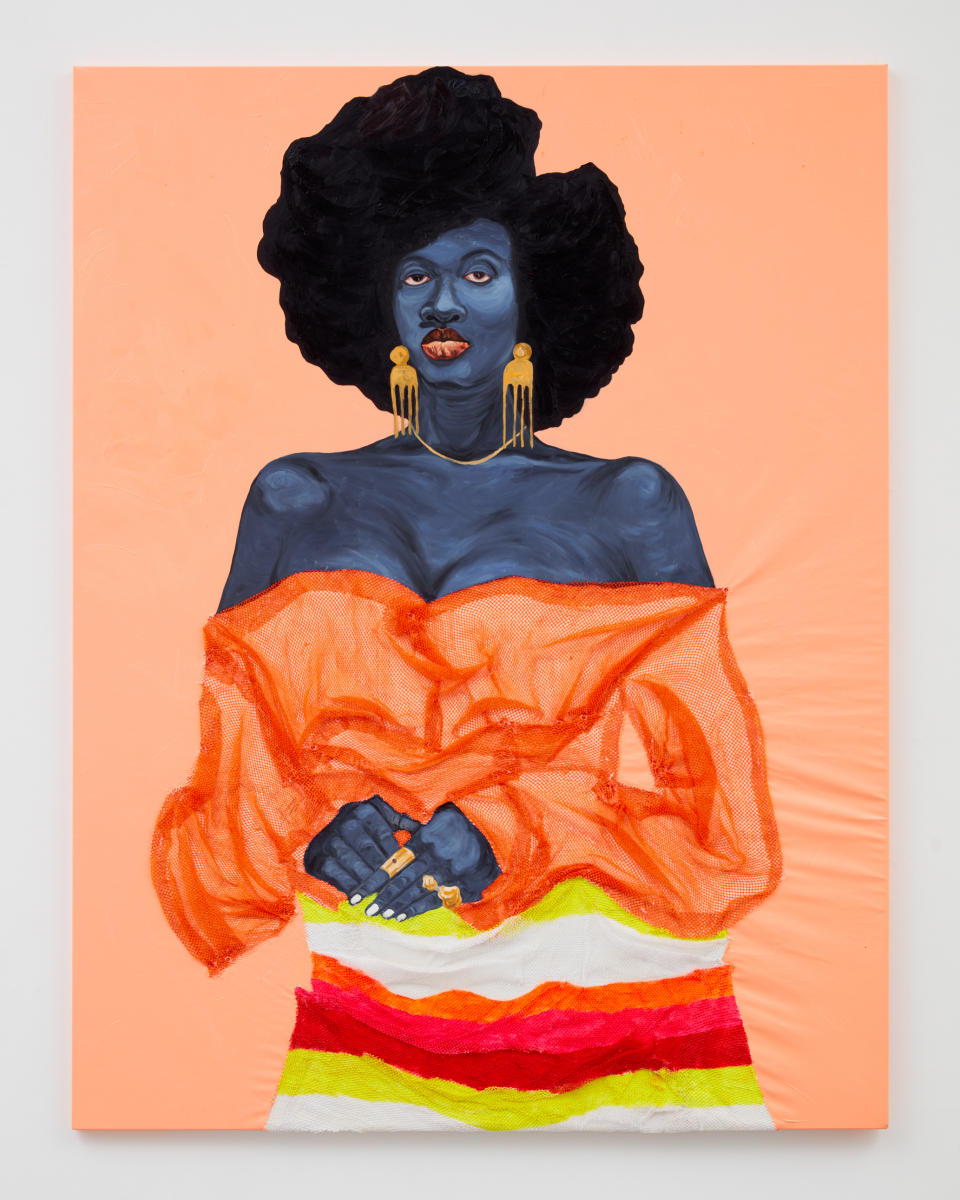
Courtesy of the artist
“We know that to move forward, it’s going to take collective action and collective effort,” he adds. “It’s not about one artist being better than the other.”
Ossei-Mensah cofounded the art collective ArtNoir, which will celebrate its 10th anniversary next year, as a resource for Black, Indigenous and people of color creatives. Last year, the organization raised more than $125,000 to fund a scholarship for MFA students in the CUNY system.
“We’re now in a climate where artists from the African diaspora, specifically Africa, can have a sustainable practice,” Ossei-Mensah says.
Ossei-Mensah, a native New Yorker, spent several weeks in Ghana at the end of 2021, a trip punctuated by various artist studio visits, which he documented on his Instagram. “It’s important that as much as the process, within reason, is transparent. Because I know that there are a lot of people who are interested in what’s happening on the ground,” he says, noting that he discovered artists interrogating new ideas — personal, societal, social — and also a greater presence of young working female artists.
“It’s incumbent for all of us in the ecosystem to be supportive of that. And I don’t think it’s just a Ghanaian thing. I think the art world, in general, continues to be more focused on ensuring that there are appropriate forums for women and artists who identify as female to be able to have their voices heard.”
This spring, the curator will work on a show with Ben Brown Fine Arts, “Ghost of Empires,” which will open during Art Basel in Hong Kong and later in London in June. His intention for the exhibition is to explore the intersection between the Black Atlantic and Southern Asian trade routes, placing artists from the African and Asian diasporas in conversation.
This past weekend, in celebration of Martin Luther King Jr., Ossei-Mensah curated BAM’s public group exhibition “Salvation: A State of Being.” On view through the end of the week, the project displays work by seven photographers on a digital billboard on Flatbush Avenue in Brooklyn. The show was inspired by the late author Bell Hooks.
“It’s thinking about these various states of being. Thinking about self-love, self-determination and how artists use their practice as a platform to engage those ideas,” he says. “It’s also an homage to Dr. Martin Luther King, thinking about what’s next, and this fight for justice, this fight for equity.
“We invoke these names every year,” he adds. “But what is it about the vision that they offer us through their activist work, and what do we need to do next to move forward collectively as a society?”
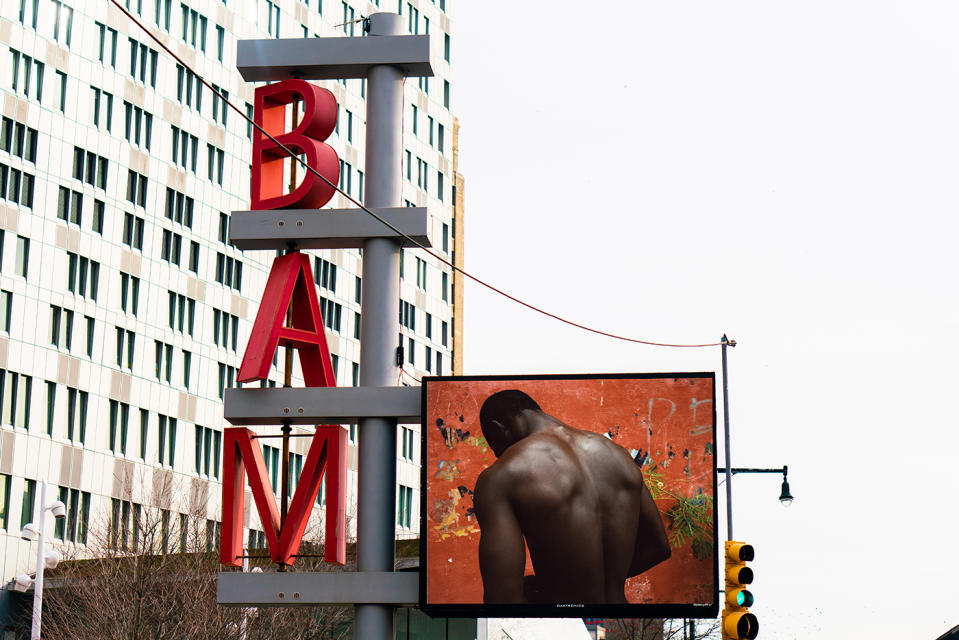
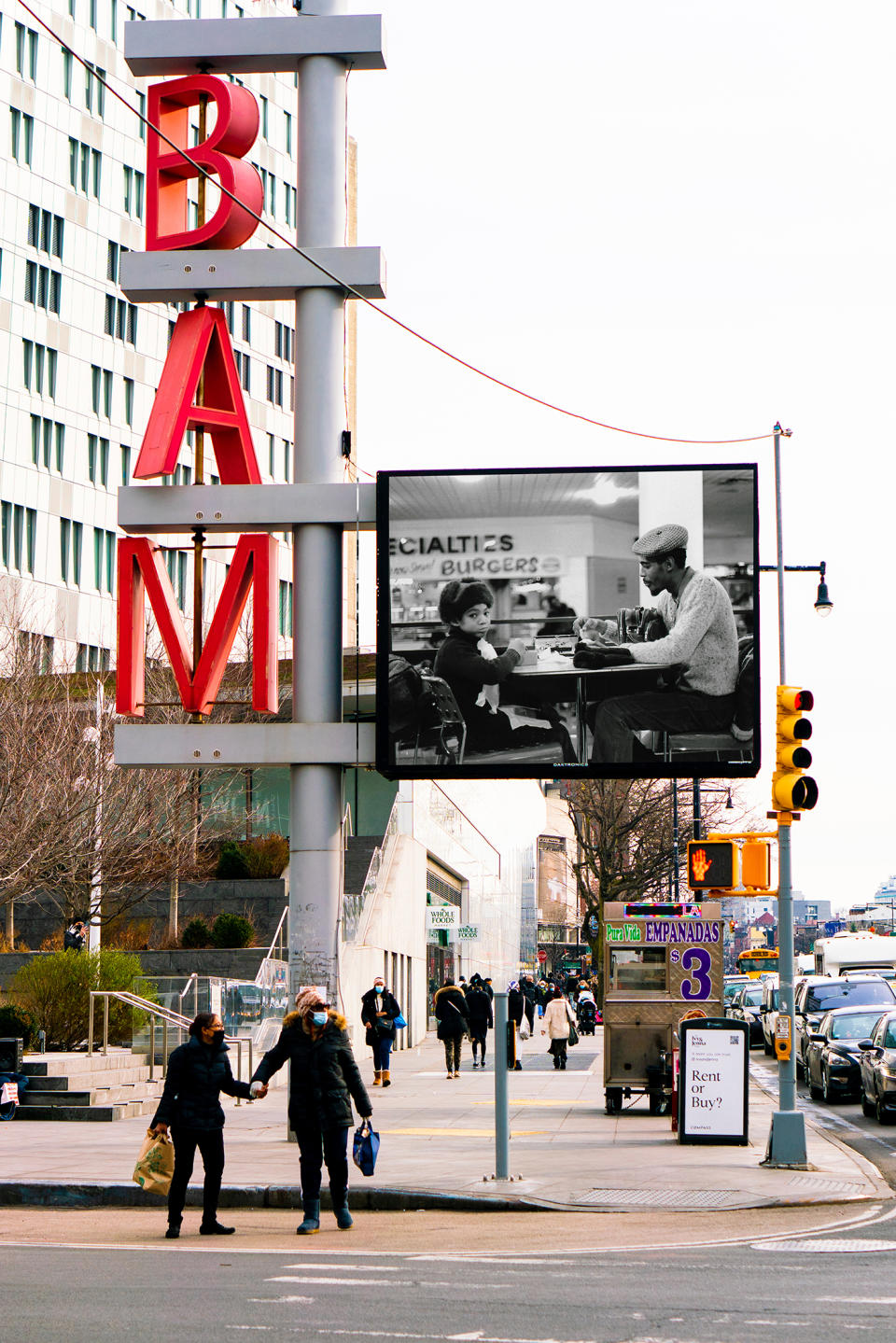
MORE FROM THE EYE:
Bulgari, Sozzani Foundation Stage Milan Exhibition Dedicated to Illustrator François Berthoud
Meet ‘Naomi’ Star Kaci Walfall, the Actress Bringing TV’s New Superhero to Life
Best of WWD
Sign up for WWD's Newsletter. For the latest news, follow us on Twitter, Facebook, and Instagram.

